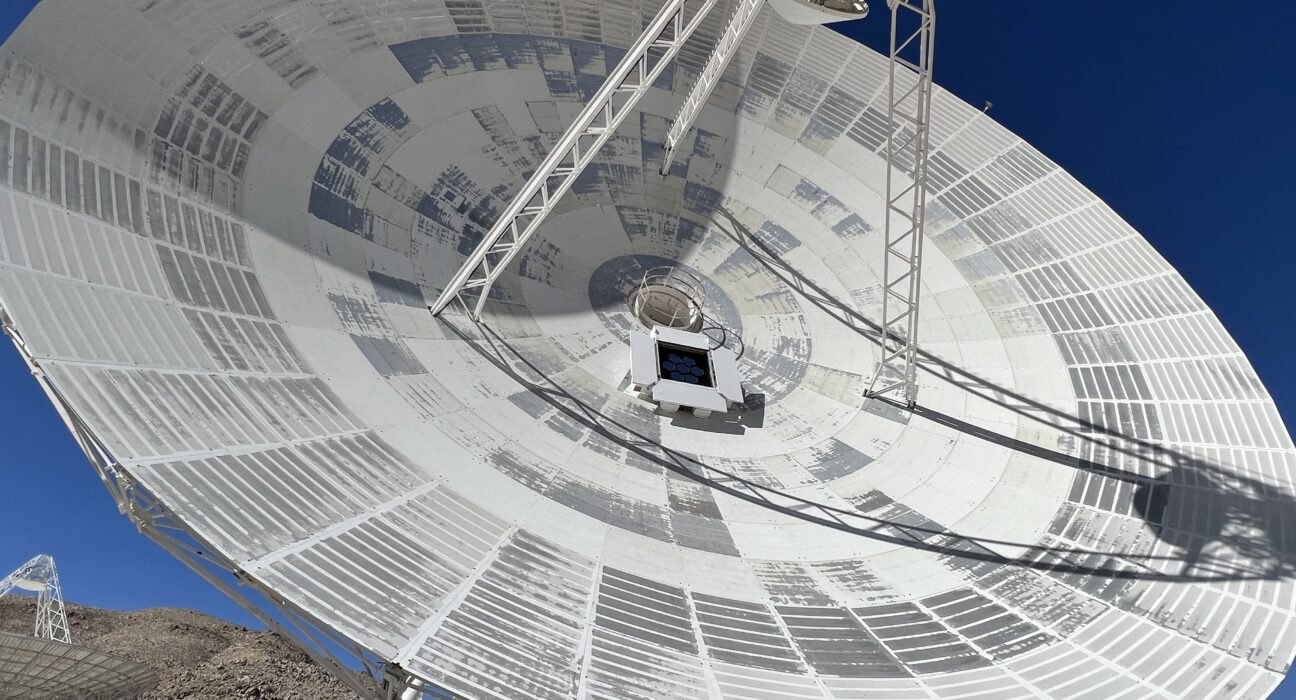When NASA embarked on its DART mission to crash into the asteroid Dimorphos, the goal was clear – to demonstrate our ability to deflect hazardous asteroids that pose a threat to Earth. However, the aftermath of the impact revealed unexpected complexities and challenges in asteroid redirection.
As the DART spacecraft collided with Dimorphos, it unleashed a series of events that were not initially anticipated. The collision resulted in the spacecraft’s solar panels striking and pulverizing two large boulders on the asteroid’s surface. This led to the ejection of debris in two distinct directions, providing an additional momentum boost to Dimorphos beyond the kinetic impact itself.
Tony Farnham, an astronomer at the University of Maryland and lead author of a new analysis on the collision, highlighted this surprising outcome by stating,
“We succeeded in deflecting an asteroid…the boulders ejected gave an additional kick that was almost as big.”
This revelation fundamentally changes our understanding of asteroid deflection strategies and underscores the need for more nuanced approaches.
The presence of these ejected boulders raised questions about their origin and distribution. Observations from both LICIACube and the Hubble Space Telescope identified two clusters of boulders ranging from 1.3 to 23.6 feet speeding away from the impact site. Farnham noted that these clusters imparted significantly more momentum than the DART spacecraft alone, emphasizing a crucial factor in mission planning.
Jessica Sunshine, a professor involved in both Deep Impact and DART missions, offered insights into how surface characteristics influence outcomes. She explained how Dimorphos’ rough terrain laden with large boulders differed from previous impacts on smoother surfaces like comet 9P/Tempel. Sunshine’s assessment shed light on how unique properties can shape post-impact scenarios.
Sunshine likened deflecting asteroids to a “cosmic pool game,” stressing that overlooking subtle variables could have dire consequences if Earth faced an imminent threat. Understanding how different surfaces interact with impacting objects is paramount for accurate trajectory adjustments—a lesson underscored by contrasting outcomes between Deep Impact and DART missions.
Looking ahead, ESA’s Hera mission will follow up on DART’s findings when it reaches Didymos–Dimorphos system in 2026. By examining predicted changes post-impact and assessing potential hazards posed by debris, Hera aims to further our understanding of asteroid dynamics.
The recent findings published in Planetary Science Journal underscore a paradigm shift in our approach towards planetary defense strategies against cosmic threats. The journey to safeguard our planet requires not just brute force but a nuanced understanding of celestial bodies’ intricate dynamics—a journey marked by surprises and valuable lessons along the way.

